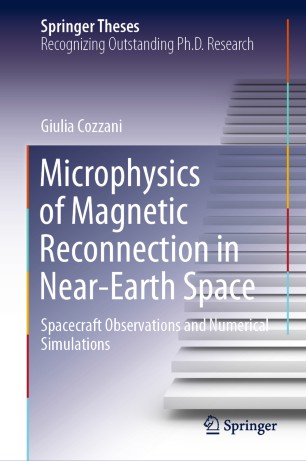

Most ebook files are in PDF format, so you can easily read them using various software such as Foxit Reader or directly on the Google Chrome browser.
Some ebook files are released by publishers in other formats such as .awz, .mobi, .epub, .fb2, etc. You may need to install specific software to read these formats on mobile/PC, such as Calibre.
Please read the tutorial at this link: https://ebookbell.com/faq
We offer FREE conversion to the popular formats you request; however, this may take some time. Therefore, right after payment, please email us, and we will try to provide the service as quickly as possible.
For some exceptional file formats or broken links (if any), please refrain from opening any disputes. Instead, email us first, and we will try to assist within a maximum of 6 hours.
EbookBell Team

5.0
110 reviewsThis book presents recent advances in the physics of magnetic reconnection, investigated via both in situ spacecraft observations and fully kinetic numerical simulations. Magnetic reconnection is a fundamental process in plasma physics during which the topological reconfiguration of the magnetic field leads to energy conversion and particle energization. The book focuses on the physics of the electron diffusion region (EDR), a crucial region where the electrons are decoupled from the magnetic field and efficiently accelerated by the electric field. By using recent, high-resolution measurements provided by NASA’s Magnetospheric MultiScale Mission (MMS), the book investigates the structure of the EDR at the Earth’s magnetopause. The presented analysis provides evidence for an inhomogeneous and patchy EDR structure. The structure of the EDR appears to be more complex than the in laminar picture suggested by previous observations and simulations. Then, electrons dynamics in the EDR is studied using a novel, fully kinetic Eulerian Vlasov–Darwin model that has been implemented in the Vlasov–DArwin numerical code (ViDA), explained in detail in the book. Lastly, the book covers the testing of this new code, and investigates the contributions of the different terms in the generalized Ohm’s law within the EDR, highlighting the role of the electron inertia term.